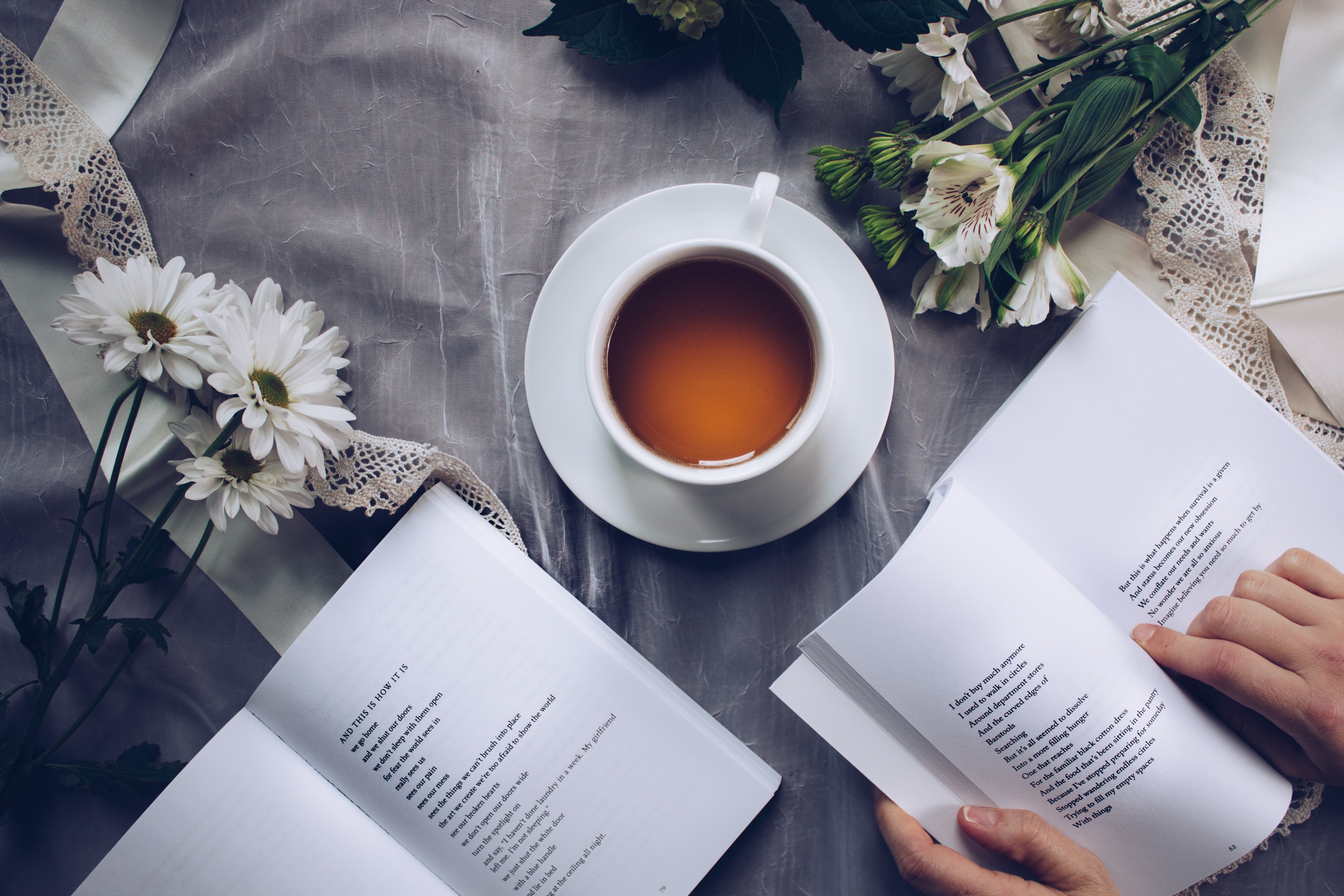Reading for pleasure can be extremely difficult, even when you have free time. During the school year, students get caught up in the piles of assignments and assigned reading, making reading for fun a low priority. During the summer, making plans with friends or relaxing on social media can be much more desirable than reading, which may feel unproductive or boring without an end goal. Unless you’re a motivated bookworm, reading can be a struggle, even if you used to love reading.
Something that has been instrumental to my personal journey back into reading has been creating a reading bucket list. The point of the reading bucket list is to create a definitive list of books that fit my intentions for reading, while also giving me a space to be accountable for the books I’m picking up and seeing through to the finish. Reading bucket lists are extremely personal and only contain what the reader wants to read, be it science-fiction, classics or YA romance. There should be no pressure involved in maintaining a reading bucket list, as its intention is to inspire reading, not make it a chore. For book lovers who are looking to get back into reading, this might just be the solution you’re craving.

Image via Unsplash.
What Should a Reading Bucket List Look Like?
A reading bucket list does not have one defined look. It can be a physical item, a Google Doc or even a sticky note. The list should be something you’re able to look at easily and add to if necessary, so a physical piece of paper or an editable word document are preferred modes of storing your list, but it’s completely up to you. Customizing your list with different fonts, colors or even pictures of the books you feature on the list is also an exciting way to spice up the activity and channel your creative side.
A must-have for the list, though, is a system to check off your books after you’ve read them. Be it checkboxes, bullet points or manually crossing out the titles after reading them, tracking your progress is vital to the activity of keeping the list and is ultimately what will motivate you to keep reading. At the end of the day, your reading bucket list should fit your specific desires. It can have as many categories as you want, as many colors as you wish and as many methods of completing reads as you need.

Image via Unsplash.
How to Pick Your Categories
After deciding what you want your list to look and function like, the fun part can begin. When designing a reading bucket list, you want it to house books that you’re actually interested in reading. There are a variety of ways to decide which books make the cut and which do not, but the following categories are suggestions based on my personal experience.
Pull From Your “TBR” Pile
If you’re anything like me, you probably have a (slightly dreaded) TBR, or “to be read,” pile. The TBR pile is that stack of books you’ve bought or borrowed or intended to read at some point but just haven’t gotten around to yet. Instead of letting your TBR pile collect more dust, why not bump those books onto your reading bucket list? By assessing your TBR pile for the books that you actually want to read, you might be more inspired to pick up some covers that you’ve been neglecting.
Another strength to assessing your TBR pile is figuring out which books you don’t want to read. There’s no shame in not wanting to read a book, even if it’s been collecting dust in your TBR pile. If you know that you are not interested in reading it, don’t put it on your bucket list.

Image via Unsplash.
What Have Your Friends Been Reading?
If your friends are bookworms, they likely have a list of books they’re happy to recommend to you or have recommended to you in the past. Your reading bucket list can contain a special section just for books recommended to you by your friends, teachers or others in your life who love reading. A suggestion for this category would be to include the genre of the recommended book, as well as the friend who recommended it to you, so if you read it, you’ll be able to let your friend know.
Play to Your Favorite Genres
Your reading bucket list should be dedicated to your tastes. If you know you love poetry, but can’t stand reading action novels, don’t list any action novels on your list! Reading bucket lists exist to help you ease back into reading after not doing it for a while, and the last thing you want to do is force yourself through a book that is in a category you hate. Think about the books you’ve loved in the past, and aim to read books similar. You can create categories for broad genres on your list, such as sci-fi, fantasy or horror.
Another option that’s a bit more niche is creating specific labels for books you want to read. For example, you could intend to read a YA romance novel set in a European country and check out books like Anna and the French Kiss by Stephanie Perkins or Love & Gelato by Jenna Evans Welch. Obviously, with this method of categorization, you don’t want to get so specific that there will be no books fitting your interests. I recommend browsing Goodreads or another community reading site to help find books that fit specific categories of interests, as other readers are able to create lists of books based on a certain theme.

Image via Unsplash.
Tips for Staying Motivated
Once you’ve drafted out your reading bucket list, it may be daunting to start. However, keep in mind that your reading journey is supposed to be fun and relaxing, and shouldn’t ever start to feel like a chore. Some tips for staying motivated using your reading bucket list include trying to read a book from one category per month, recruiting a friend to read a book with you so you can check in with each other’s progress throughout your read and creating a daily or weekly page goal for whatever book you’re reading currently.
Working reading into your daily schedule as a simple habit is the way to effectively get on your bookish grind. Reading for 10 minutes before bed or in place of being on your phone at any point in the day can be ways to encourage yourself to pick up a book. Trying audiobooks instead of listening to music can be effective for some readers, or perhaps try kicking off your bucket list by reading a shorter novella. Feeling the success of finishing a book, even one that’s 100 pages or less, might help motivate you to up your page count. With so many interesting stories out there, it’s worth your while to begin reading again. Create your list, set your goals and happy reading!
Featured Image via Unsplash.












